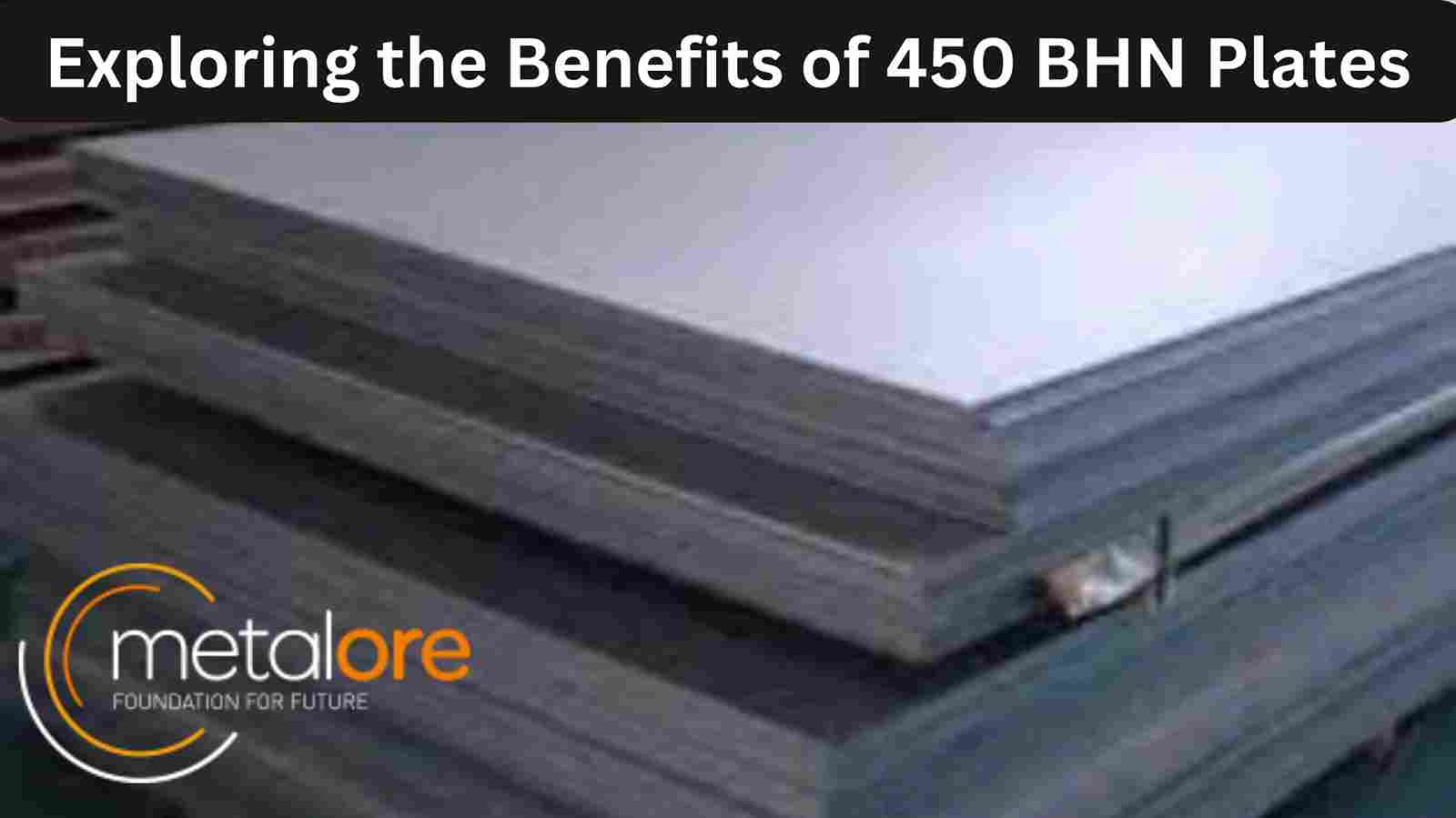The industrial world is constantly looking for durable and efficient materials, especially in high-wear and high-impact environments. One such material, which has gained significant attention for its outstanding performance, is the 450 BHN plate. In this post, we delve deep into what 450 BHN plates are, their applications across industries, and their numerous advantages.
Introduction
450 BHN, or Brinell Hardness Number plates, are essential in situations demanding extremely tough and abrasion-resistant materials. But what makes these plates so significant in the industrial sector? Let’s unpack the definition and importance of 450 BHN plates to get a clearer picture.
What are 450 BHN Plates?
450 BHN plates are made from steel with a hardness level 450 on the Brinell scale. This denotes a medium level of hardness but with the capability to withstand heavy wear and abrasion. The composition of 450 BHN steel usually includes high levels of carbon and other alloying elements that contribute to its impressive durability and tensile strength.
Applications and Industries
Due to their robust nature, 450 BHN plates find uses in various sectors known for rigorous operational conditions. Industries ranging from mining to construction, manufacturing, and even defence employ 450 BHN plates to extend the longevity of their equipment. These sectors are often utilized in machinery parts and components that face constant wear, like bucket liners, transport chutes, and conveyors.
Advantages of 450 BHN Plates
The benefits of using 450 BHN plates are numerous, but let’s look at some key advantages:
Enhanced Durability and Wear Resistance
The prime quality of 450 BHN plates is their increased resistance to wear and tear. These plates stand the test of time in heavy-duty operations where traditional materials may fail.
Impact Resistance
They are wear-resistant, and 450 BHN plates can withstand significant impacts without deforming, making them ideal for high-impact environments.
Cost-effectiveness
Replacing worn-out parts frequently can be costly. Investing in 450 BHN plates might have a higher upfront cost, but their longevity translates to reduced replacement frequency and lower long-term costs.
Increased productivity and efficiency
With less downtime for maintenance and replacements, machines and operations can run more efficiently, boosting overall productivity.
Case Studies
Real-world applications further illuminate the value of 450 BHN plates. For instance, in the mining industry, companies have reported significant increases in the lifespan of their mining equipment after switching to 450 BHN plates, reducing both maintenance requirements and operational interruptions.
Considerations and Maintenance
Selecting the right 450 BHN plate for a specific application requires consideration of several factors, such as the nature of the wear and the working environment. Once in use, performing regular inspections and adhering to manufacturer maintenance recommendations are crucial for optimizing their lifespan.
Conclusion
The contributions of 450 BHN plates to the durability and efficiency of industrial operations cannot be overstated. By offering superior wear, impact resistance, and a cost-effective angle in the long run, they are revolutionizing the way heavy-duty industries operate. As technology advances and the demand for resilient materials grows, the significance of 450 BHN plates continues to soar, promising enhanced performance, sustainability, and profitability in various sectors.
Whether you’re a seasoned engineer familiar with these materials or an industry executive looking to improve your operations, 450 BHN plates represent a critical investment in the future of your operations—and, perhaps, the modern industrial landscape at large.

